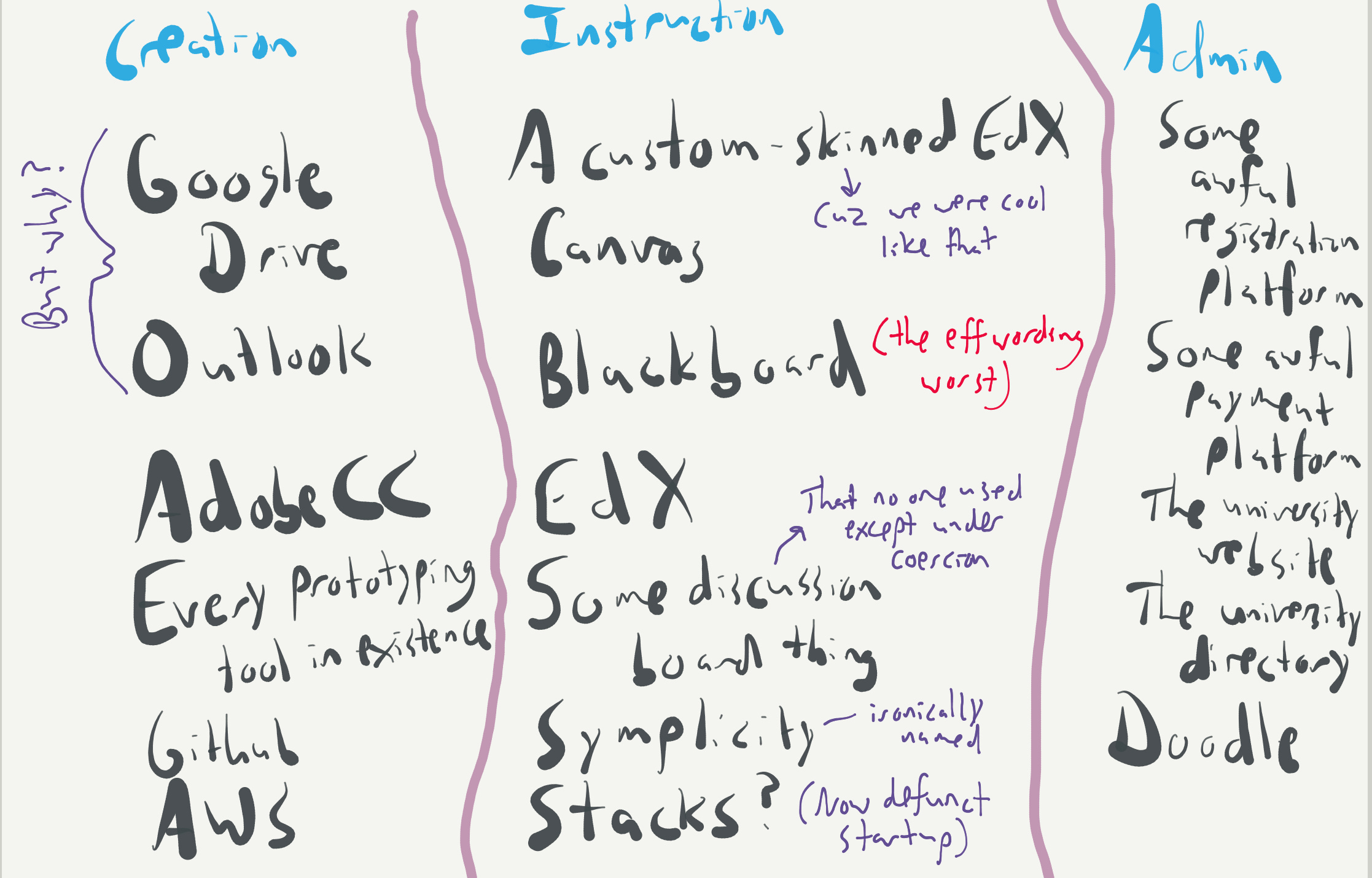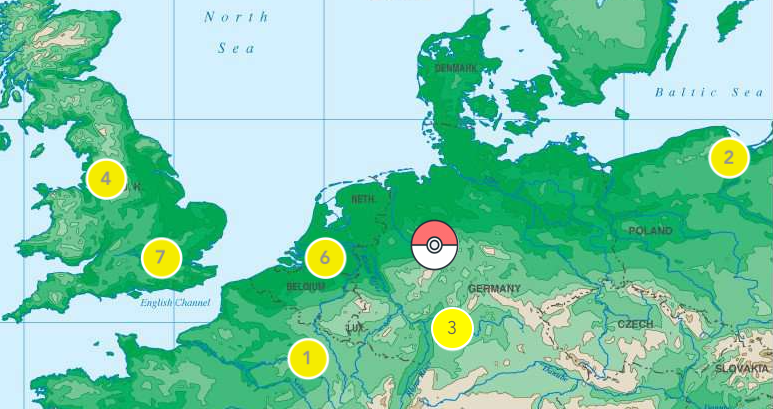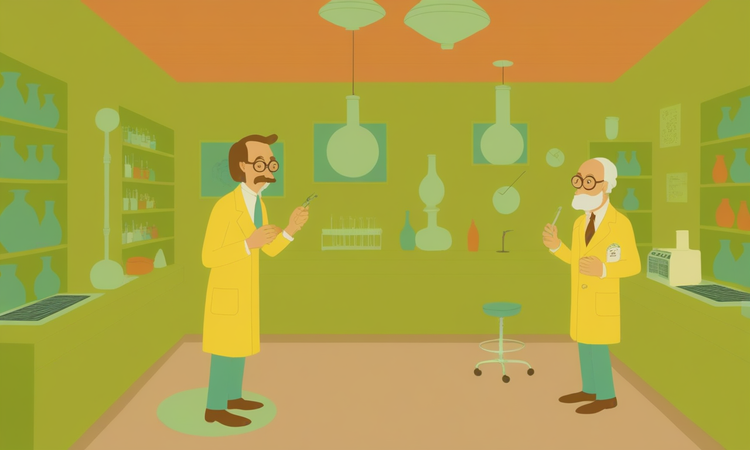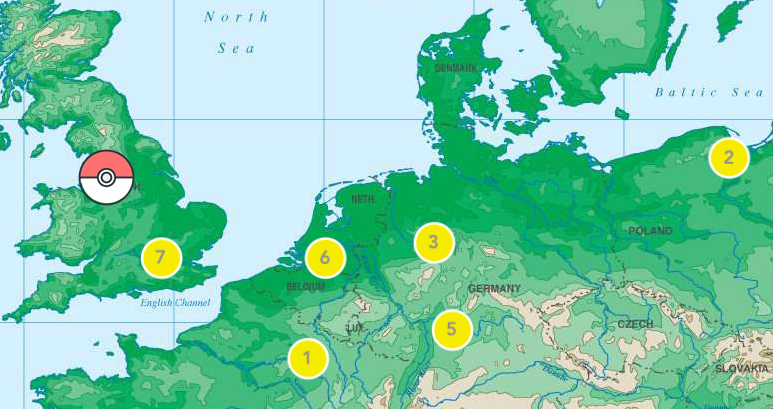What is “product” in education anyway?
I get this question a lot, or some variant of it (often from friends & family who are trying to figure out just what it is that I do in the first place).
When the question comes up, I usually take a deep breath, because we are not going to be in for a short conversation...but it will probably be a fun one.
Here’s the thing: product in education is about ecosystem building. Some of it can be pure product. My friends at Clever have a single sign on solution for students to easily access all kinds of software used in the classroom. That’s a great product that’s targeted at a well-defined problem. In that way, for them product in education may not be that dissimilar from most technology products.
Where it starts to get mind-boggling is when you take a step back to consider the broader canvas in which that solution exists. Is there such a thing as product for education providers, such as schools & universities? Because those providers have a whole lot of different problems going on all at once, some well-defined and some not so well-defined. At its simplest, it’s probably something like getting the right content, delivering it in the right manner, creating the right assessments, and ensuring that those assessments are used effectively. And then repeat that cycle with the right degree of increased difficulty over a period of months and then years.
(If you want to do a fun little exercise, think about the last time you attended a formal education institution, and map out all of the different service providers and stakeholders you interacted with in, say, a month. Bonus points if you try to draw out the relationships among all of them. Super bonus points if that map is even remotely comprehensible at the end.)

This is mine. It’s not even remotely complete. The more I added, the more I remembered. At some point, it just had to stop.
For education providers, taking a product view of what they do is actually looking at a pretty complex web of a variety of interwoven products & services, which is to say nothing of the people who traverse that web - students, teachers, parents, administrators, regulators, and even employers. There are so many choices to be made with regard to how to create that web:
• Build in house, customize open source, license something already in existence?
• What should be standardized?
• For anything not standardized, how many degrees of freedom?
And all of those choices are tied up in a bunch of other decisions around the kind of educational model, operational model, staffing model, and business model that makes the most sense.
Not every education provider should be taking a product view. It probably matters the most for providers that want to achieve some level of scale, because good product management allows for consistency and excellence. Taking a rigorous approach to understanding and prioritizing the problems to be addressed can lead to that sweet spot where scale means improved quality because you have the resources to experiment and learn so much more, leading to the ability to take on so much more, leading to frequent improvements across the ecosystem.
And, in that regard, product in education may not be all that different from product anywhere: it’s about understanding the needs of the user (someday I’ll write about why I really don’t like the word “user” in the context of education providers), defining how you can address those needs, prioritizing the problems to be solved, and executing against those plans.
Actually, for a user-centric education provider, there’s a specific advantage to doing product that is hard to find almost anywhere else: your proximity and access to your users is pretty incredible. This is probably worthy of its own post at some point, but to put it simply now: building an education ecosystem provides such deep, sustained engagement with users that you get to develop profound user empathy.
In a lot of ways, that’s why I think great educators can transition well into product roles: managing a classroom well has a lot of overlap with what it takes to build good product.
So, this is the starting point. In this newsletter, we’re going to start to examine the unique features of education as product.






Member discussion